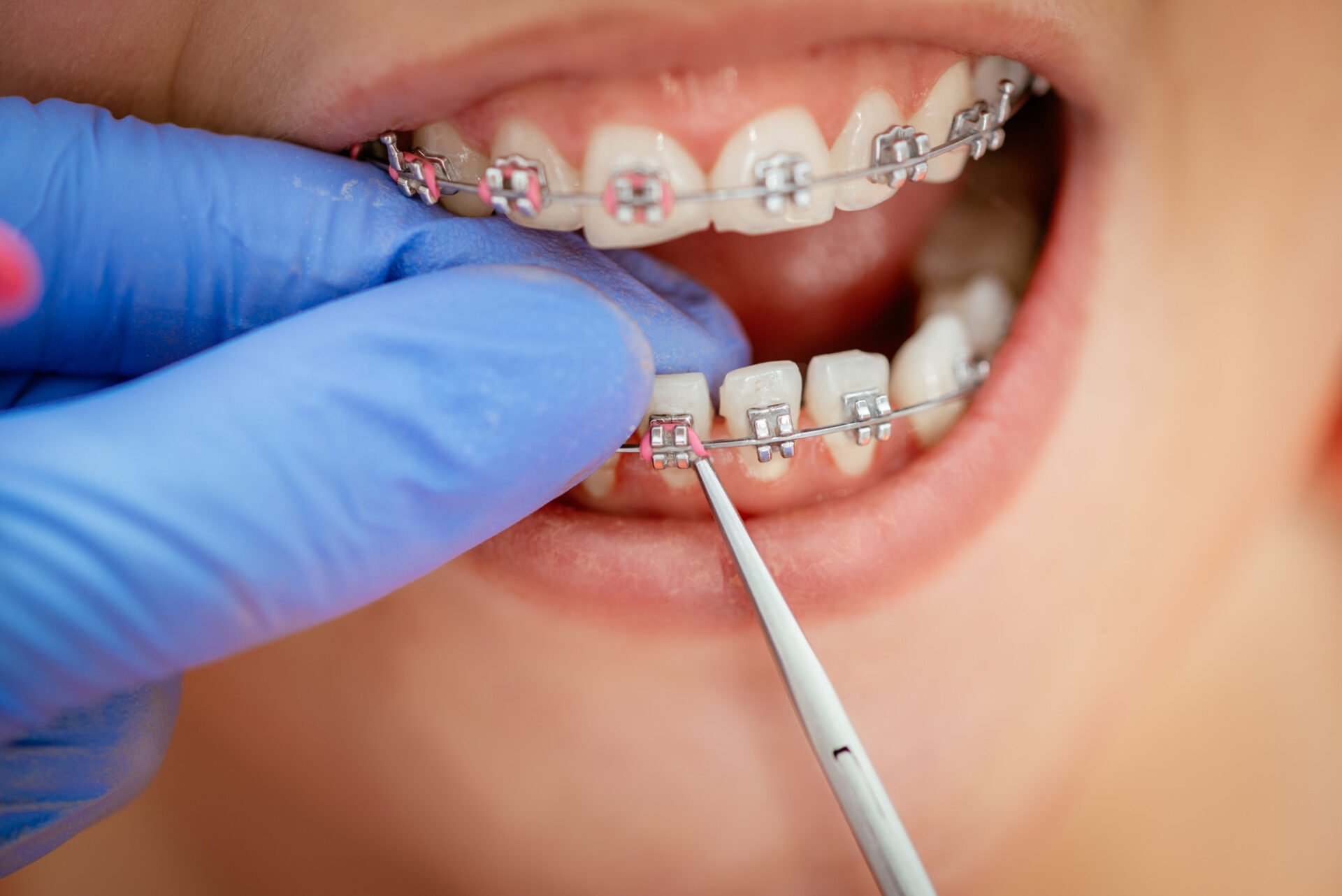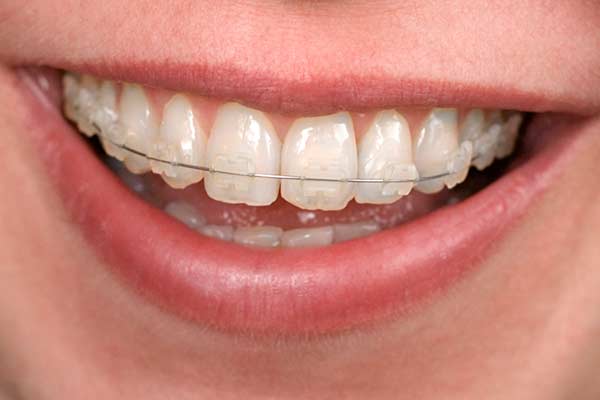Comprehensive Overview to Orthodontics Procedures for Remedying Dental Misalignments
Understanding the intricacies of each procedure, including their mechanisms, benefits, and possible drawbacks, is important in making educated decisions regarding one's orthodontic treatment. As we navigate via the comprehensive guide to orthodontic procedures for remedying oral imbalances, the intricate details of each approach will unravel, shedding light on the course towards a harmonious and functional dental alignment.
Orthodontic Procedures Review

Along with typical dental braces and clear aligners, orthodontists may likewise recommend other treatments like headgear, palatal expanders, or retainers to attend to specific positioning issues (orthodontist). These procedures are customized to each individual's unique requirements and might involve a mix of therapies to accomplish the desired outcomes. Regular adjustments and monitoring are crucial components of orthodontic therapy to make certain progression gets on track and to make any type of needed adjustments in the process. By undertaking orthodontic procedures, patients can not just attain a straighter grin yet additionally enhance their total oral health and function.
Traditional Braces: How They Work
When taking into consideration orthodontic therapies for dental imbalances, conventional dental braces attract attention as a tried and true method for dealing with teeth positioning. Traditional dental braces contain braces, wires, and bands that interact to apply continuous stress on the teeth, gradually relocating them right into the wanted alignment. The brackets are attached to the teeth making use of an unique adhesive, and the cords are threaded through the brackets. By readjusting the tension of the cords, orthodontists can regulate the direction and force used to each tooth, assisting them right into correct positioning in time.
As pressure is used to the teeth via the braces, the bone bordering the teeth is improved to support the new tooth settings. People will certainly require normal changes at the orthodontist's workplace to make certain the dental braces proceed to use the appropriate pressure for effective teeth movement.
Invisible Aligners: Benefits And Drawbacks
These clear, personalized trays are essentially invisible when put on, making them an attractive alternative for individuals looking for a much more aesthetically pleasing orthodontic therapy. People can eliminate the aligners before consuming or brushing their teeth, decreasing the threat of food obtaining stuck in the appliance and simplifying the cleansing process.

Surgical Orthodontic Options
Surgical interventions in orthodontics existing sensible choices for check that resolving complex dental imbalances that might not be properly fixed with conventional orthodontic treatments. While unseen aligners and typical dental braces can remedy numerous orthodontic issues, certain instances call for surgical intervention to attain optimum results. Surgical orthodontic options are generally recommended for extreme malocclusions, considerable jaw inconsistencies, and cases where the underlying bone framework needs modification to attain correct placement.
One usual surgical orthodontic procedure is orthognathic surgical procedure, which involves repositioning the jaws to deal with practical issues such as problem talking or eating. This surgery is usually done in collaboration with an orthodontist that helps line up the teeth before and after the treatment. Surgical orthodontics may likewise involve treatments to expose affected teeth, remove excess periodontal cells, or reshape the jawbone to develop a more unified facial profile.
Prior to thinking about medical orthodontic options, people undergo a thorough assessment to establish the requirement and possible benefits of such treatments. orthodontist. While surgical treatment might seem overwhelming, it can substantially boost both the function and aesthetics of the smile in instances where standard orthodontic treatments fail
Retainers and Post-Treatment Treatment

Failure to abide with post-treatment treatment directions can result in relapse, where the teeth slowly relocate back in the direction of their initial positions. Consistent retainer wear, great oral health, and regular oral exams are necessary for maintaining the outcomes attained through orthodontic surgical procedure and making certain the long-lasting security of the dealt with oral positioning.
Conclusion
In final thought, orthodontic procedures supply various alternatives for read here correcting oral misalignments. Surgical orthodontic choices are readily available for a lot more extreme misalignments. On the whole, orthodontic procedures can successfully improve dental wellness and aesthetic appearance.
As we browse via the detailed overview to orthodontic procedures for fixing oral misalignments, the elaborate information of each approach will unfold, dropping light on the path toward a unified and functional dental positioning. - cumming aligners
One of the most common orthodontic therapies is the usage of dental braces, which consist of steel braces and cords that apply gentle stress to progressively change teeth into the desired setting.When taking into consideration orthodontic treatments for dental misalignments, standard dental braces stand out as a reliable approach for correcting teeth positioning. Furthermore, undetectable aligners might not be ideal for complex orthodontic problems that call for even more significant teeth motion, as they are commonly suggested for light to modest instances. Retainers are tailor-made orthodontic devices designed to hold teeth in their corrected positions after the completion of orthodontic therapy.